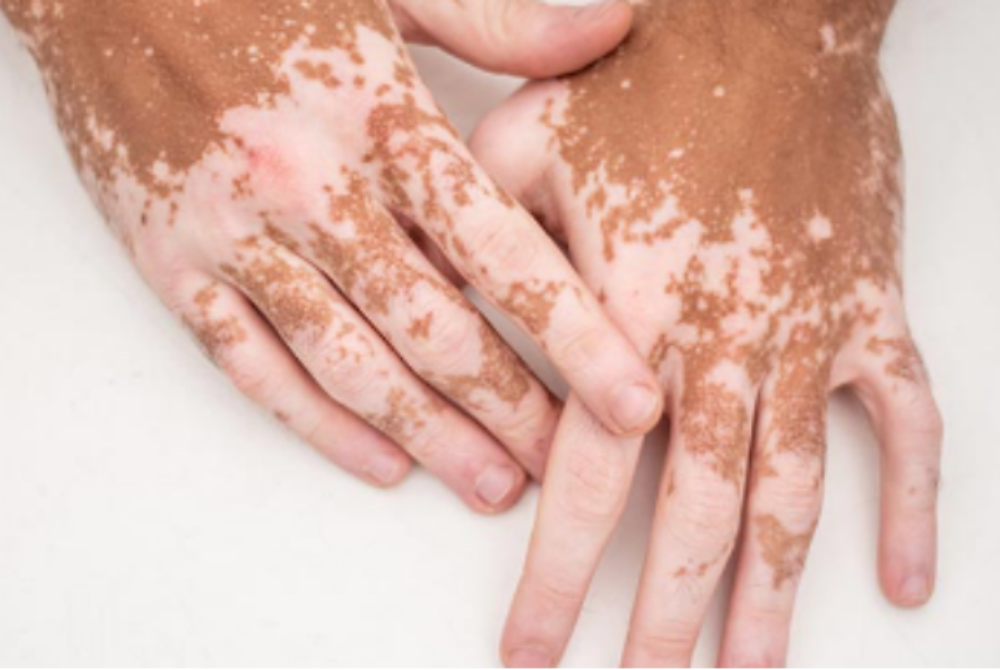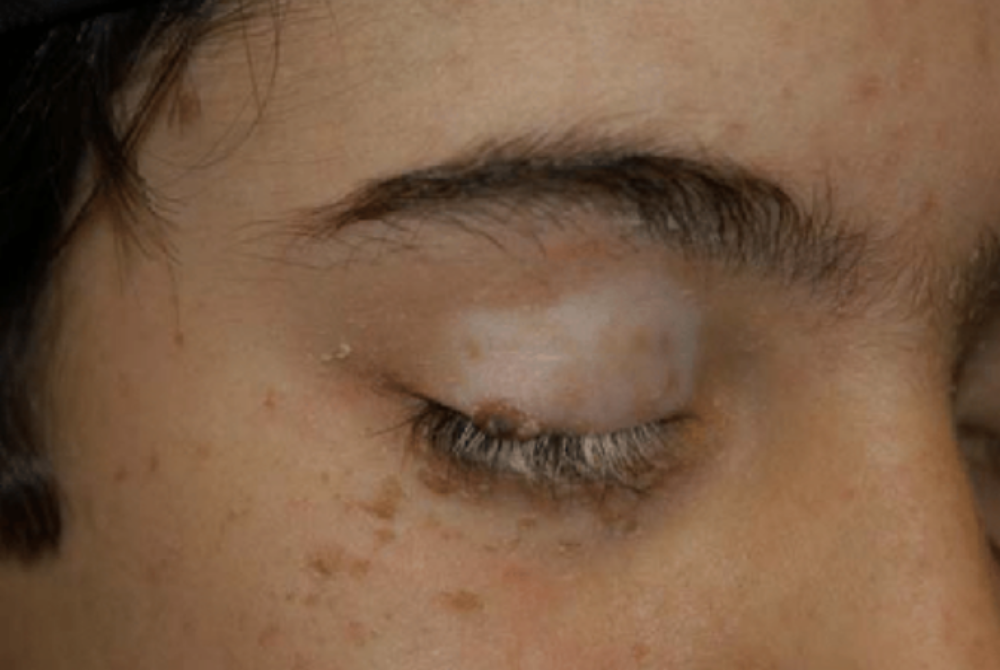Vitiligo: Understanding the skin condition that’s more common than you think
Pantai Hospital Klang Consultant Dermatologist Dr Lim Ai Wei sheds light on a misunderstood skin condition.

Ever noticed those white patches on someone’s skin and wondered what that is? That’s vitiligo, a skin condition that’s more common than you might think.
It happens when the skin loses its pigment, leaving behind distinct white spots. But vitiligo is more than just a skin condition—it’s a journey of self-discovery and acceptance.
For years, vitiligo was misunderstood and stigmatised, but times are changing. From celebrities embracing their spots to more representation in media and fashion, vitiligo is starting to be seen for what it is: a unique and beautiful part of who someone is.
If you remember, legendary pop star Michael Jackson was also diagnosed with the skin disorder.
Whether you’ve got vitiligo, know someone who does, or are just curious, let’s break down the science.
Pantai Hospital Klang Consultant Dermatologist Dr Lim Ai Wei sheds light on a misunderstood skin condition.
What is Vitiligo and how common is it?
Vitiligo is a skin disorder that causes loss of skin colour leading to the development of white patches on the skin.
"It is caused by destruction of pigment cells (melanocytes) that results in impaired melanin (substance giving the colour of skin) production causing white patches on the body.
"Vitiligo affects one to two per cent of the population worldwide. It affects both genders and all races equally even though it is more noticeable in darker skin type. It can occur at any age but most commonly appears between the age of 10 to 30 years old," she said in a statement.
What causes Vitiligo?
Dr Lim said it is an autoimmune skin disorder in which the person's own immune system develops antibodies that destroy the pigment-producing cells, causing loss of pigment of the skin, both environmental and genetic factors play a role.
"About 20 per cent of individuals with vitiligo have a first- degree relative affected by this condition. This further explained by the involvement of genes associated with the synthesis of melanin, regulation of autoantibodies (antibodies that attacks the own cells) and response to oxidative stress.
"Environmental trigger includes physical or emotional stress, exposure to ultraviolet radiation, skin injury or trauma (Koebnerisation), exposure to certain chemicals, skin- whitening products or medications," she said.

What are the signs and symptoms?
Vitiligo usually starts as a lighter coloured or pale patch of skin which gradually loses its colour completely and becomes a well demarcated white patch.
There are no symptoms of itch or pain. Although any part of the skin can be affected, commonly affected areas are face, periorbital, perioral, hands and feet and genitals.
"Vitiligo may also develop in mucous membrane (lining inside the mouth, nose or genitals). The hair over the affected skin may also lose colour and become white (poliosis).
"The white patches may remain stable (non-progressing) or unstable (progressing to develop new lesions)," she said.
What are the types of Vitiligo?
-Generalized Vitiligo: This is one of the most common types in which white patches are widespread over the body
-Focal Vitiligo: The white patch/patches are confined to one area of the body, for example face or hands.
-Segmental Vitiligo: When the white patches are confined to one area of the body, and only involves one side of the body (unilateral).
-Acrofacial Vitiligo: When the white patches confine to face and hands or feet.
What are the risk factors?
Dr Lim said one of the risk factors is where other family members (first-degree relative) might have it.
"The other risk factors is where having an autoimmune condition such as thyroiditis, pernicious anemia, Addison’s disease, systemic lupus erythematosus, rheumatoid arthritis, inflammatory bowel disease, alopecia areata and psoriasis.
"Family history of autoimmune conditions also marks as one of the risk factors," she said.
Is Vitiligo contagious?
"No, vitiligo is not contagious or infectious. It cannot be transmitted via touch, saliva, blood, inhalation, sexual intercourse or the sharing of personal items (i.e. drink bottle, towels, etc)", said Dr Lim.
Is Vitiligo caused by some food?
"No. Vitiligo is an autoimmune disease and has no direct relation to food," she reasoned.
What problems are associated with Vitiligo?
Dr Lim highlights that people with the condition may experience a variety of problems such as more susceptible to sunburn, higher incidence of other autoimmune diseases, eye problems, and hearing loss.
-More susceptible to sunburn: Because of a lack of melanin (the substance that absorbs UV rays, affected skin is more sensitive to sunlight/ultraviolet radiation than the normal skin.
-Higher incidence of other autoimmune diseases: such as as thyroiditis, pernicious anemia, Addison’s disease, systemic lupus erythematosus, rheumatoid arthritis, inflammatory bowel disease, alopecia areata and psoriasis.
-Eye problems: there may be inflammation of the retina (retinitis) or iris (iritis). These may lead to light sensitivity, eye discomfort or vision loss.
-Hearing loss: due to the loss of pigment in the inner ear (rare)
-Psychological distress (anxiety and depression)











